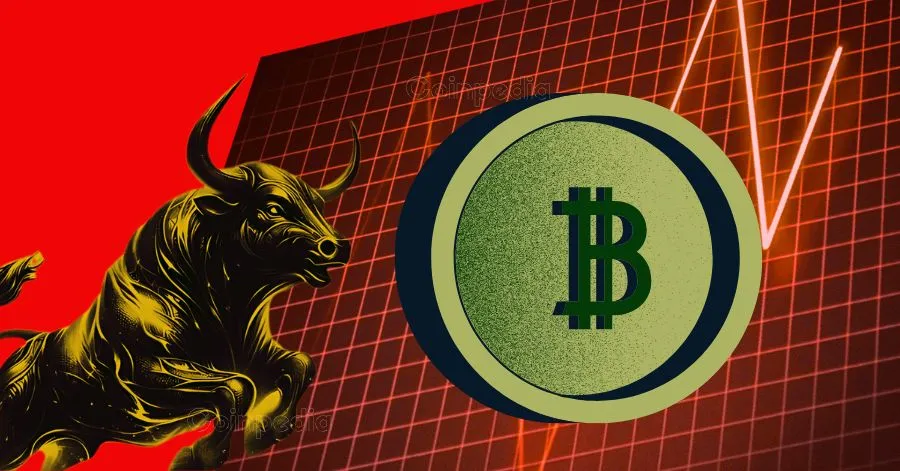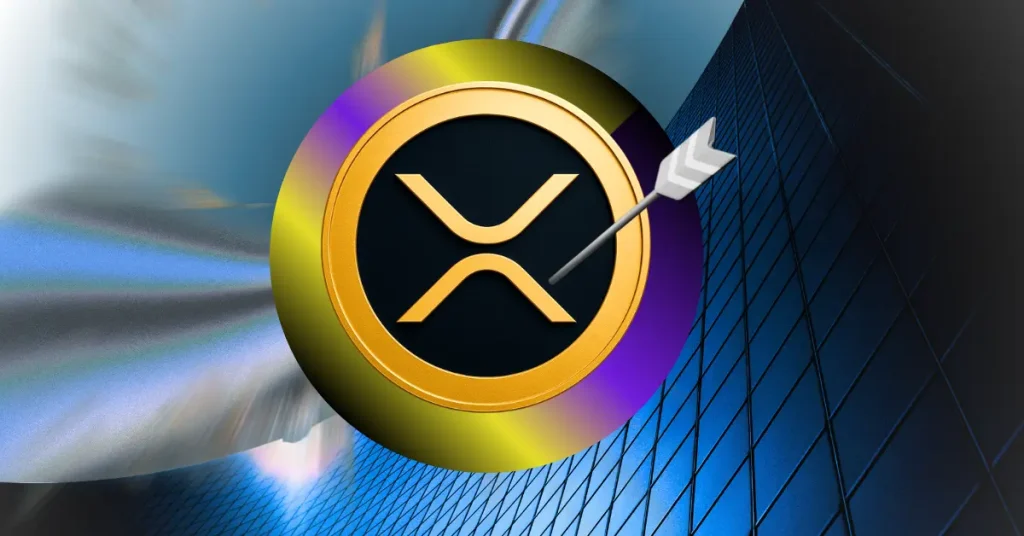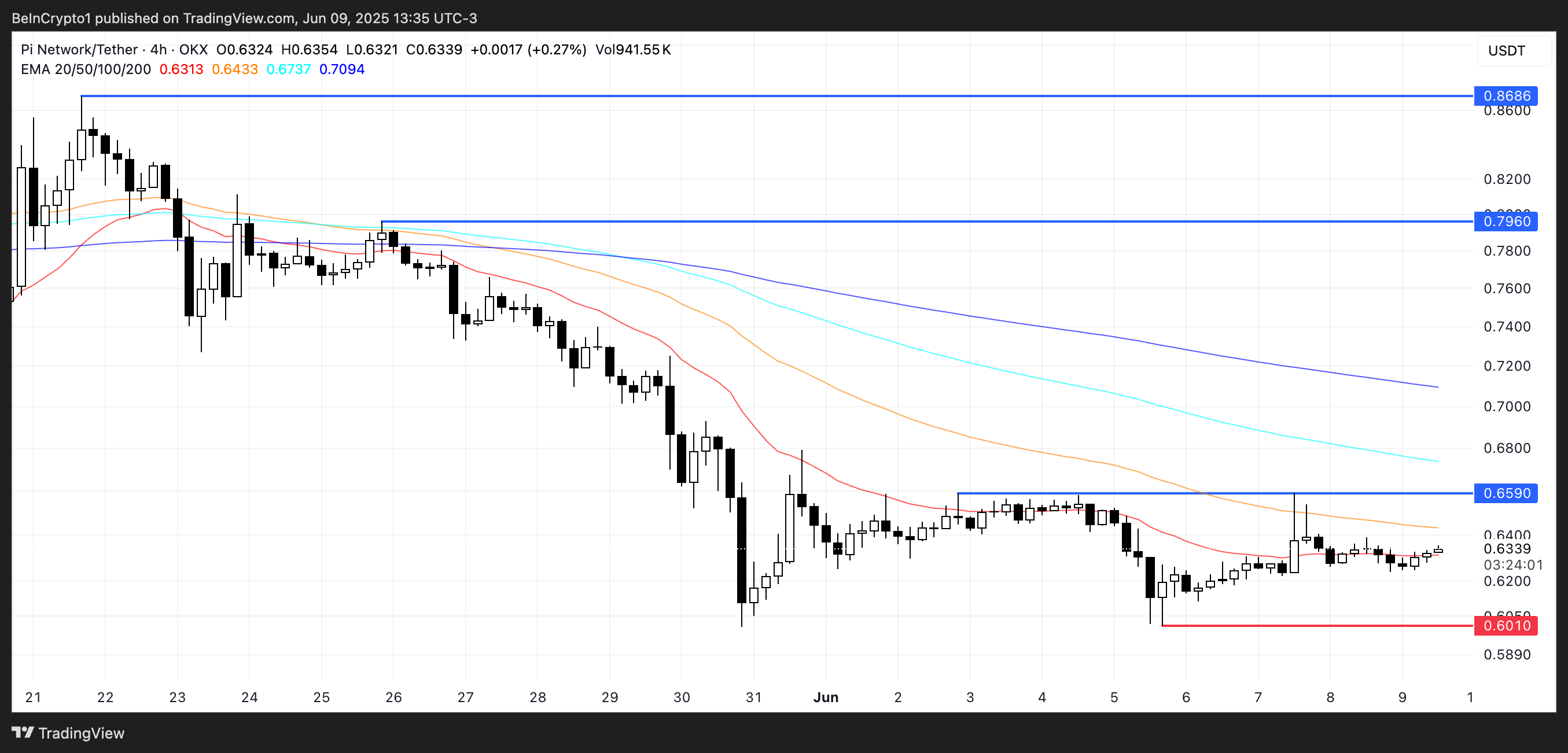Why is The Crypto Market Going Up Today?

The post Why is The Crypto Market Going Up Today? appeared first on Coinpedia Fintech News
The cryptocurrency market is back in action today, with a sharp rally across major coins like Bitcoin, Ethereum, and Solana. At the time of writing, the total crypto market capitalization has jumped to $3.43 trillion, showing a healthy 4.22% rise in the past 24 hours. Investor sentiment has also turned positive. The Fear & Greed Index now reads 64, firmly in ‘Greed’ territory — a clear sign that traders are feeling confident about the market’s direction.
So, what’s fueling this rally? Let’s break it down.
Bitcoin Leads the Charge
The star of the show is Bitcoin, which finally broke out of a consolidation range it had been stuck in since May 23rd. Currently trading above $109,500, Bitcoin’s breakout is being closely watched by analysts. This move was expected because of a bullish weekly candle formation called a three-inside-up pattern around the $100,000 mark. Historically, this kind of setup often leads to an 8-10% pump within a week or two.
If momentum continues, some analysts believe Bitcoin could soon touch $115,000 — or even higher.
- Also Read :
- Key Takeaway Points from SEC Chair Paul Atkin’s Remarks at the Crypto Task Force Roundtable Today
- ,
Global Factors Also at Play
Apart from technical signals, positive news on the macro front is also helping the rally. Reports show that trade talks between the United States and China have resumed, easing global market tensions. This, combined with growing institutional interest, has boosted investor confidence.
Altcoins Follow Suit
Following Bitcoin’s lead, altcoins are also climbing. Ethereum is up over 8% this week, now trading at $2,699, while Solana and Dogecoin have surged 5% and 6.6% respectively. Interestingly, Sui (SUI) and Hyperliquid (HYPE) have posted impressive double-digit gains.
The Altcoin Season Index, however, remains at 30 out of 100, meaning that while altcoins are rallying, a full-fledged alt season hasn’t arrived yet.
Never Miss a Beat in the Crypto World!
Stay ahead with breaking news, expert analysis, and real-time updates on the latest trends in Bitcoin, altcoins, DeFi, NFTs, and more.
The post Why is The Crypto Market Going Up Today? appeared first on Coinpedia Fintech News
The cryptocurrency market is back in action today, with a sharp rally across major coins like Bitcoin, Ethereum, and Solana. At the time of writing, the total crypto market capitalization has jumped to $3.43 trillion, showing a healthy 4.22% rise in the past 24 hours. Investor sentiment has also turned positive. The Fear & Greed …













 NEW:
NEW: 





